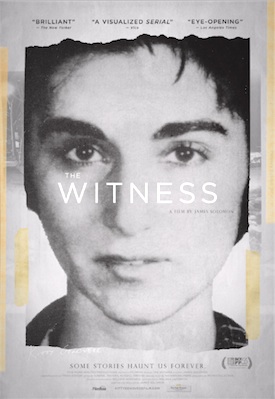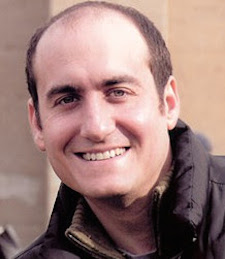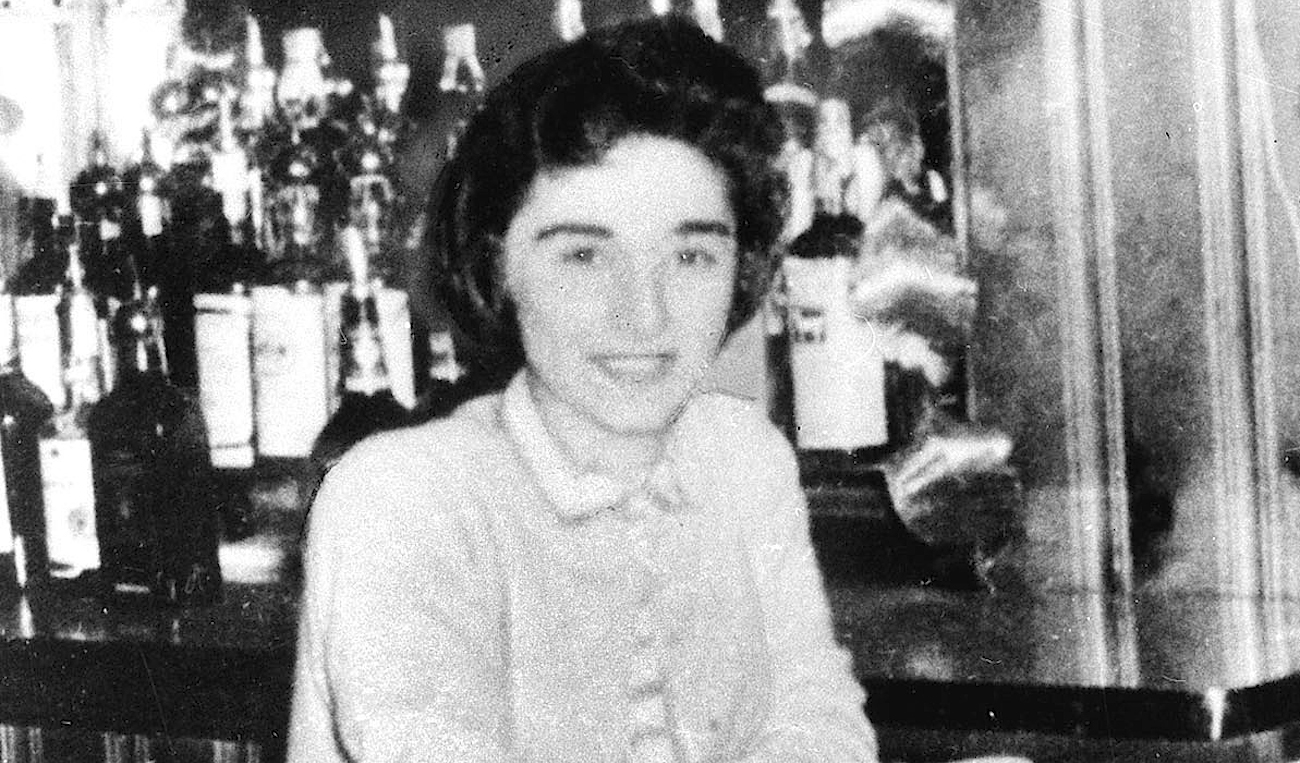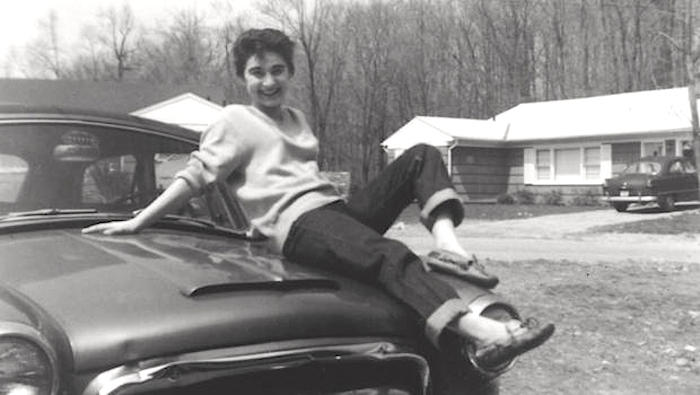 On March 13, 1964, 28-year-old Kitty Genovese was murdered in Kew Gardens, Queens, as she returned home from work. Today, her name has become synonymous with urban apathy as generations of people have learned the story of the 38 eyewitnesses who did nothing while Kitty was brutally stabbed to death on the street. “For more than half an hour,” the New York Times report began, “38 respectable, law-abiding citizens…watched a killer stalk and stab a woman in three separate attacks.” Decades later, Kitty’s brother, Bill Genovese, 16 at the time of his sister’s death, decides to re-examine the details of the crime. Bill, who lost both of his legs in Vietnam, spends years trying to uncover the truth buried beneath the iconic story. In the process, he makes startling discoveries about the crime that transformed his life, condemned a city, and defined an era. James Solomon’s remarkable documentary, The Witness, features interviews with those closest to the murder, including the surviving witnesses to Kitty’s death. It offers an illuminating look into the way stories take form and their rippling effects on the lives they touch. I sat down with James Solomon in Los Angeles to discuss this powerful and moving film.
On March 13, 1964, 28-year-old Kitty Genovese was murdered in Kew Gardens, Queens, as she returned home from work. Today, her name has become synonymous with urban apathy as generations of people have learned the story of the 38 eyewitnesses who did nothing while Kitty was brutally stabbed to death on the street. “For more than half an hour,” the New York Times report began, “38 respectable, law-abiding citizens…watched a killer stalk and stab a woman in three separate attacks.” Decades later, Kitty’s brother, Bill Genovese, 16 at the time of his sister’s death, decides to re-examine the details of the crime. Bill, who lost both of his legs in Vietnam, spends years trying to uncover the truth buried beneath the iconic story. In the process, he makes startling discoveries about the crime that transformed his life, condemned a city, and defined an era. James Solomon’s remarkable documentary, The Witness, features interviews with those closest to the murder, including the surviving witnesses to Kitty’s death. It offers an illuminating look into the way stories take form and their rippling effects on the lives they touch. I sat down with James Solomon in Los Angeles to discuss this powerful and moving film.
Danny Miller: I feel like I grew up under the specter of Kitty Genovese. The story of the bystanders who did nothing while she was murdered had a big impact on me and my family. Do you think the story has affected younger people as well?
 James Solomon: Kitty Genovese is still taught in sociology and psychology classes. They talk about “diffusion of responsibility,” “the bystander effect,” and the “Kitty Genovese syndrome,” it’s really a part of our culture. Just in the last few months, Law and Order: Special Victims Unit and the Lena Dunham series Girls did episodes that were based on Kitty Genovese.
James Solomon: Kitty Genovese is still taught in sociology and psychology classes. They talk about “diffusion of responsibility,” “the bystander effect,” and the “Kitty Genovese syndrome,” it’s really a part of our culture. Just in the last few months, Law and Order: Special Victims Unit and the Lena Dunham series Girls did episodes that were based on Kitty Genovese.
I assume based on the now discredited version of the events?
Yes. We actually had the writer of that Girls episodes at one of our Q&As in New York, her name was Sarah Heyward and she said the choice was made for the character of Adam on Girls to harken back to the old, iconic version of the story even though the writers were aware of the discrepancies because that’s the story Adam would have known.
That version of the events has provided such a shorthand for us to discuss so many issues about modern life including apathy, indifference, and how we’re all on our own.
Yes, absolutely. The version where 38 people watched and no one helped creates a kind of “other” — those people are clearly different from us. But, in fact, what really happened that night is a lot more like what happens every day in this country, and it resides much more in a grey area. It turns out that this story of urban apathy and indifference actually does has a hero — Sophia Farrar, the neighbor who runs out of her apartment in her night clothes, out into a back alley, and then forces her way into a vestibule believing that Kitty is there but not knowing who else might be on the other side of that door. She then cradles the dying Kitty in her arms. It’s fascinating to look at how that part of the story got left out.
It’s strange that it never even occurred to me to question the narrative that was presented all these years. I mean, it was the New York Times, for God’s sake!
Right. Of course the Times readily acknowledges that their version of the events does not accurately reflect what happened. There were about half a dozen other daily newspapers in the city at that time and they all extolled the reporting of this story by the New York Times. What’s interesting is that in the original accounts Sophia Farrar actually appears as having been on the scene but she ultimately got dropped from the story completely.
What’s so interesting about this film is that it’s about so much more than “correcting” the historical account of this horrible tragedy. I was amazed at what a compelling character Kitty Genovese turned out to be.
I think when people come to see the film, they assume they’re coming to see a movie about bystanders and urban apathy. But The Witness is actually a deeply, deeply personal unraveling of a very public story. Bill Genovese embarked on an investigation of what happened that night, how that story came to be, and what his sister’s life was like in New York. Those were the investigative threads to his personal true crime saga but I think at its core, this is really a love story. A sibling love story about Bill’s relentless determination to reclaim Kitty’s life from the story of her death.
Bill is such an amazing character. I so admired his resolve despite the enormous obstacles he faced.
Bill was a field intelligence scout in Vietnam — he is the ultimate truth seeker and he not only pursues the truth wherever it leads, he is completely willing to engage with the truth no matter what it is rather than denying or trying to reshape it.
The story that unfolds about Kitty herself is riveting. I think it’s miraculous the extent to which we come to know and admire this person over the course of the film, even though she’s been dead for over half a century.
As you can see in the film, Kitty is still very vivid in the minds of all those who loved her.
I had never heard anything about her sexuality or her girlfriend, Mary Ann Zielonko. Was the family aware of that aspect of her life?
Not at the time, no. In 2004, on the fortieth anniversary of the murder, Mary Ann did her first interview about Kitty on NPR. So the family did learn about her sexuality a while ago. Bill said at the time, “If I didn’t know that about her, how well did I really know my sister at all?” But, of course, the world was a very different place in 1964.
Kitty seemed quite close to her family in New Canaan but then had a completely different life in New York City.
She was a quintessentially independent woman. Kitty drove a red Fiat convertible, she managed a bar, she first met her girlfriend at a bar in Greenwich Village and left a note on her door telling her to meet her at a certain pay phone. She was such a unique person — so independent, so funny, she was the class cut-up according to her friends. The pictures that we have of her are just phenomenal.
Who wouldn’t want to know this person?
Exactly! Who wouldn’t want to know this person? And yet everything we previously knew about her was just focused on the last 30 minutes of her life.
I got the impression that the rest of the Genovese family participated in the film out of loyalty for Bill but they would have just as soon not re-examined this story.
I think that’s a very acute observation. I experienced the loss of my brother during the making of this movie and you learn pretty fast that everyone in a family grieves differently. I think what is really remarkable about Bill’s family is how they respected each other’s need to go about their healing in different ways. They totally supported Bill throughout the process despite their personal misgivings about his quest. Bill is a singular person for a variety of reasons. As an investigator, I don’t believe that anyone could have gotten as inside the story of what happened to his sister or who Kitty Genovese really was as well and as Bill.
I doubt any of those people would have even talked to you if it weren’t for Bill.
I agree. Many of them told me they were only doing it for Kitty and therefore for Bill as her surrogate. But I also think Bill’s personal circumstances have made him uniquely able to put people at ease. He’s been a double amputee since the age of 19. When people meet him, you can see that they are uncomfortable at first, but, as you see in the film, he’s so skilled at turning that discomfort around — you really forget that he has a disability at all.
I love that moment in the film where one of the people he’s interviewing offers to help him with his wheelchair and he says no thank you but then, as he struggles, he admits that he needs a little help.
I’ve always found that moment very moving as well because that person he was meeting in that scene had been stigmatized for so many years as one of the 38 people who didn’t help Kitty. You can see how quickly her instinct is to help Bill when he needs it and how that affects them both.
It must have been difficult for Bill and the rest of Kitty’s family to realize that the story they believed all these years was so much more complex than they thought.
The movie is about the role that narratives, particularly false narratives, play in our lives. We all tell ourselves stories whether it’s in the middle of the night when we hear something outside, or across half a century when we look at a photo that’s sitting on our nightstand and we’ve conjured up a whole story about what it is. Some of these stories we desperately need in order to get through the day or the night or maybe our whole lifetime. What is so extraordinary about Bill is that he has spent so much time checking his narratives, and when he encounters a narrative that is false, like when he meets Steven Moseley, the son of Kitty’s killer, Winston Moseley, he has such empathy for him and he gently disavows Steven of the narrative he’s been holding onto — he doesn’t bludgeon him with it. Such humanity.
I’m still thinking about all of the fascinating threads to this film.
Sometimes our Q&As at screenings last longer than the film itself! I think Bill connects people in very different ways, even beyond the exploration of this story that has had an impact on so many people’s lives. It’s also a moving meditation on loss, and an affectionate look at this incredibly vibrant, unique figure that we’ve only known from this one episode that took place during the last half hour of her life. Kitty Genovese as been a silent cipher all these years but she turns out to be this dynamic, compelling person.



